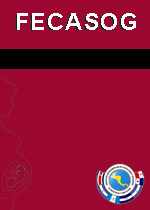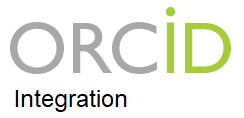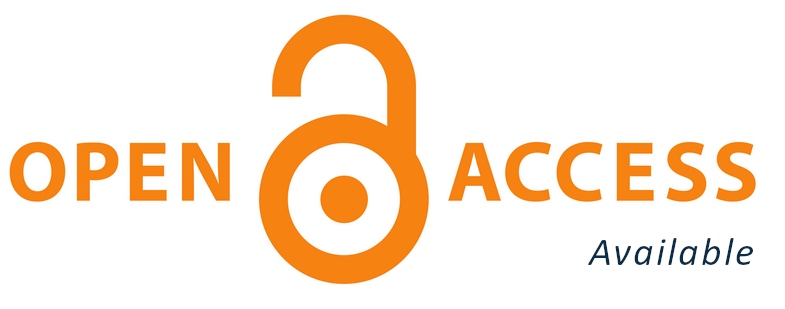Maternal and perinatal risk factors associated with low Apgar in term newborns
Authors
DOI:
https://doi.org/10.37980/im.journal.revcog.20221893Keywords:
C section, apgar score, maternal risk, perinatal riskAbstract
Objective: Every year, approximately 130 million infants are born worldwide, of which 3.3 million are stillborn and more than 4 million die in the first 28 days of life. According to the World Health Organization, perinatal mortality accounts for more than half of infant mortality worldwide. The most consistently used measure of neonatal health within minutes of birth is the Apgar score, which provides health care providers with an understanding of the newborn's condition.
Methods: A retrospective case-control study was performed, with a sample of 303 term birth records (greater than or equal to 37 weeks), obtained from the Perinatal Medical Records database for the years 2017-2018. The study population was distributed in a 1:2 ratio (101 cases vs. 202 controls). Cases were those neonates with Apgar scores at the fifth minute less than 7, while controls had in the same measure scores greater than or equal to 7. Statistical analysis of the data was performed, to determine risk factors for low Apgar.
Results: The variables that were presented as risk factors for low Apgar score at birth were the presence of diabetes [(5.9% vs. 0.49%, p=0.006); OR: 12.69; 95% IC: 1.51-106.93)] and cesarean delivery [(52.6% vs. 26.28%, p=0.00007); OR: 3.11 (95% IC: 1.86-5.20)].
Conclusion: After analyzing several risk factors described in the literature, the presence of diabetes is an important risk factor for low Apgar scores at 7 minutes, so special attention should be paid to patients with this pathology during peripartum care. Although termination via cesarean section was also reported as a risk factor, the procedure should be analyzed in the context of its causality, and further studies are needed to determine the relationship between the indication for the procedure and low Apgar score at 7 minutes.
Downloads
Published
Issue
Section
License
Copyright (c) 2022 Infomedic Intl.Derechos autoriales y de reproducibilidad. La Revista RevCog es un ente académico, sin fines de lucro, que forma parte de la Sociedad Centroamericana de Ginecología y Obstetricia. Sus publicaciones son de tipo ACCESO GRATUITO y PERMANENTE de su contenido para uso individual y académico, sin restricción. Los derechos autoriales de cada artículo son retenidos por sus autores. Al Publicar en la Revista, el autor otorga Licencia permanente, exclusiva, e irrevocable a la Sociedad para la edición del manuscrito, y otorga a la empresa editorial, Infomedic International Licencia de uso de distribución, indexación y comercial exclusiva, permanente e irrevocable de su contenido y para la generación de productos y servicios derivados del mismo.








